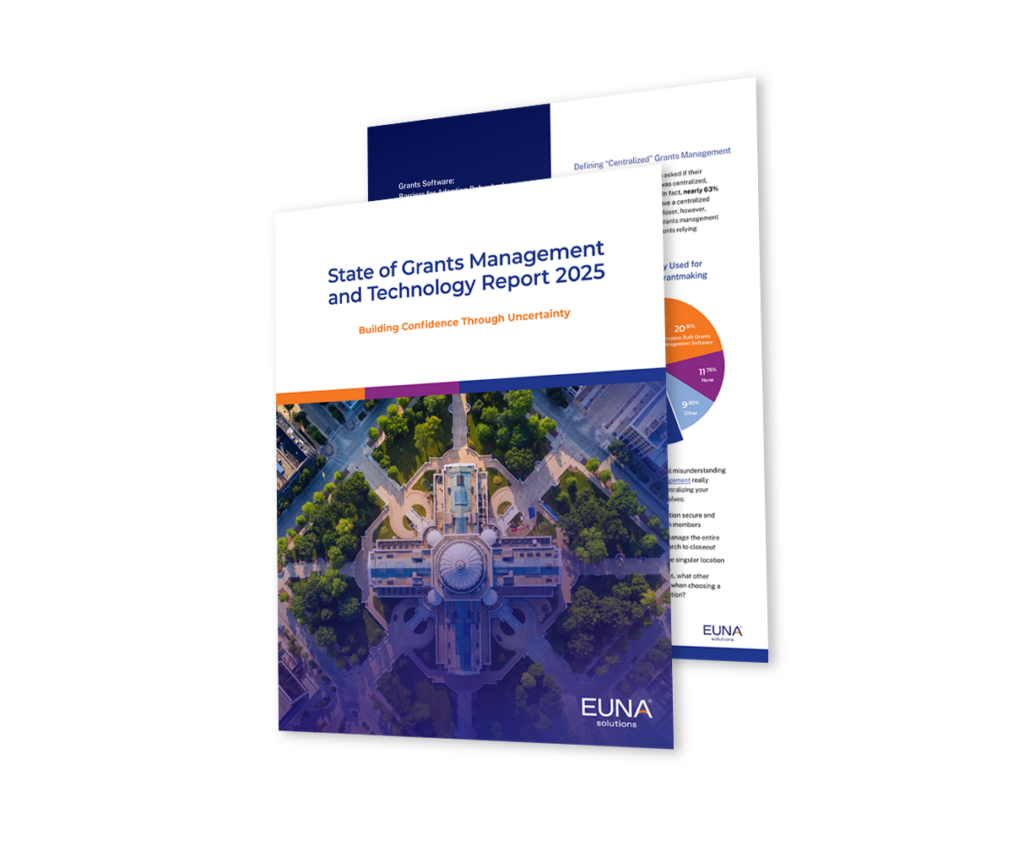Chasing down paperwork, copying and pasting data, and wrangling spreadsheets—these are the tasks that fill up many procurement professionals’ to-do list day after day. But what if it wasn’t like that?
Many teams are caught in a double bind: they’re so bogged down by their time-consuming, manual process, that they don’t have time to make improvements to their process.
Bringing the bid and RFP process online helps procurement teams break out of that cycle. The efficiency gains of an online process give procurement teams the capacity to invest in higher value initiatives that have a measurable impact on their bottom line.
“We’re now finding time to do other things, like actually make improvements into our office and procedures, versus being constantly bogged down with issuing solicitations and doing all that paperwork.”
Andrea Tena, Assistant Director of Procurement Services, San Antonio Independent School District
Here are five examples of areas where procurement can make a big impact when they’re freed from the administrative demands on a manual process:
1. Invest in vendor outreach
Everyone can agree that more vendors equal more competition, and more competition equals better value for your organization. However, many organizations are struggling to get enough vendors involved in their opportunities, with 25% of RFP projects receiving only one bid.
Vendor outreach is a great way for procurement teams to have an impact on their organization’s bottom line, while also boosting contractor effectiveness and increasing the involvement of small and minority-owned businesses. This might include activities such as:
- Creating a step-by-step guide or other resource to help vendors navigate the procurement process;
- Making improvements to the vendor registration and submission process;
- Thinking outside the box when it comes to advertising open opportunities (e.g. social media); or
- Conducting events such as reverse trade shows or targeted seminars to reach new vendors who haven’t been involved in procurement before.
2. Employ new procurement strategies
When you’re bogged down by manual tasks, there is no time to think about anything besides getting the requisition processed and the bid posted. However, with technology freeing up capacity, teams have time to step back and consider: what is the best vehicle and method to procure this good/service?
Public procurement teams are employing different procurement strategies to deliver results for their organization, including:
- Modular contracting, an approach which includes running multiple tightly-scoped procurements rather than an enormous everything-but-the-kitchen-sink RFP;
- Pilot projects, to test new software before a full implementation;
- Reverse auctions, to drive up to 20% cost savings;
- “Request for Ideas” or other open-ended tendering formats to collect innovative solutions to complex challenges.
3. Bring more spend under management
When the administrative cost of running an RFP is high, it makes sense to run as few as possible. However, when the administrative burden is reduced, procurement teams have time to examine other organizational spending decisions that may fall outside of formal thresholds but could benefit from a competitive bidding process.
4. Identify opportunities for consolidation and cost savings
Digitizing the procurement process gives procurement teams the time and visibility to take a 360 degree view of their sourcing activities. For Pinal County’s procurement team, this has allowed them to consolidate spend and drive significant cost-savings.
“[Euna Procurement] is freeing us up to have the time to look countywide. Somebody in Public Works has no idea what the County Attorney’s office is doing, but as a purchasing department, we see everything,” explains Lorina Gillette, Senior Procurement Officer, Pinal County. “Now that we’re not having to be so reactive, we’re able to say, ‘Hey, they’re right across the parking lot, and they’re having the same issue. Let’s fix this for both of them.’”
In one particular example, they received a requisition for a new printer. They took the time to analyze the printing spend for the whole county, conduct research with vendors, and develop a scope of work. The result was a managed print services RFP that covered the entire county, saving approximately $200,000 a year—about 40% of their previous maintenance costs for printers.
5. Set up a process for actively managing contracts
For many teams using a procurement manual process, contracts are filed away ‘out of sight, out of mind.’ As a result, teams are missing a key piece of the puzzle when it comes to the value that procurement provides. With additional capacity and straightforward contract management tools, procurement teams can refine a robust process to ensure that the contracted work is delivered and a feedback loop is established to inform future sourcing decisions.
Ready to learn how you can digitize your procurement process? Request a demo of Euna Procurement today!

